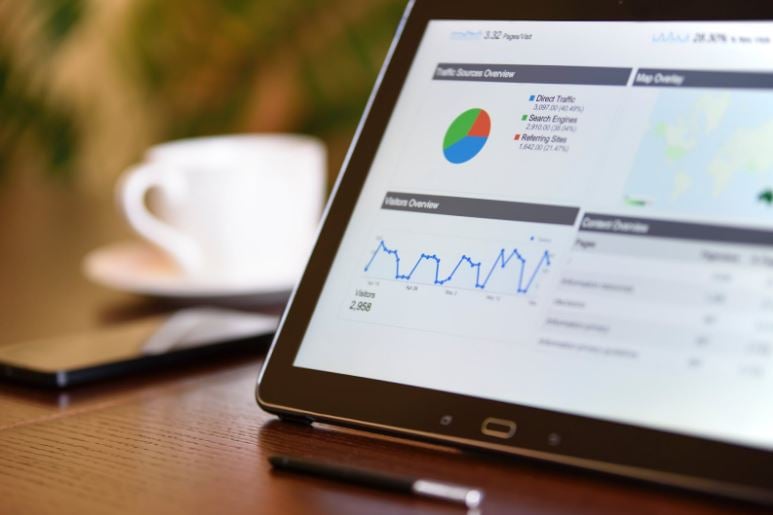 Digital signage is a relatively new form of signage, but its origins come from an older sibling, analog signage. In the 80s and 90s, you could walk into a store and see VHS video tapes being played on a loop on cathode-ray-tube televisions. Screen signage slowly and gradually started to become popular when analog signage was replaced with its digital counterpart. Computer-operated signage players became the norm due to their quick dynamic rates, central control features, and fluidity. This can be considered the golden age of digitalized screens for retailers, corporations, hotels, government agencies, and even restaurants investing heavily in it for their marketing purposes. When you’re a business, digital signage should be factored in your marketing plan; we’ll be giving you some strategies that can further the progress of your marketing via digital screens.
Digital signage is a relatively new form of signage, but its origins come from an older sibling, analog signage. In the 80s and 90s, you could walk into a store and see VHS video tapes being played on a loop on cathode-ray-tube televisions. Screen signage slowly and gradually started to become popular when analog signage was replaced with its digital counterpart. Computer-operated signage players became the norm due to their quick dynamic rates, central control features, and fluidity. This can be considered the golden age of digitalized screens for retailers, corporations, hotels, government agencies, and even restaurants investing heavily in it for their marketing purposes. When you’re a business, digital signage should be factored in your marketing plan; we’ll be giving you some strategies that can further the progress of your marketing via digital screens.
Data Analysis for a Personalized Experience
Information is the most valuable marketing commodity; it’s only natural for business behemoths to become locked down in a competition about who can use information better. Signage, specifically analog signage, was basically content on a loop, nowadays digital signage is using data analytics to its full extent to constantly manipulate and enhance their content to fit more than one box. The integration of artificial intelligence in video analytics to process anonymous demographic information is making this an efficient method of relaying targeted content.
 Innovation in any Business
Innovation in any Business
The in-store experience has been developing for decades now, and the digital wave has helped a wide array of industries a great deal. Some stores, for example, now have a couple of digital screens placed all over that registers all the items available on sale and take images to display back to you if you’d like to compare prices. The experience is virtually augmented using technology to make it both efficient and less time-consuming. Restaurants and retail stores have also been using digital boards for a while now; these dynamic boards offer a great ton of information that a simple paperback menu would never be able to offer. We see random kiosks in every mall that offer a concentrated amount of visual advertising.
The Right Location
Digital screens are known to be compact since they can be centrally controlled, but that doesn’t mean that placing them anywhere or everywhere is going to work out fine. The place where you place your screens can be a deal-breaker in relation to marketing. Use data analytics to estimate where people would be more inclined to stop and take a look, like near the cashier, inside the fitting room, or near the entrance to a shop. Whatever the message you’re trying to send through a screen, it will need to make a customer or a client to stop what they’re doing and receive your message.
Final Thoughts
Trial and error are the basis for perfecting the art of digital signage. Don’t expect to keep planning until you finally discover a formula with a 100% rate of success, what seems to be a brilliant idea now can turn out to be a floppy miscalculation later. Try your best to analyze data so you could come up with the best strategy for you.

